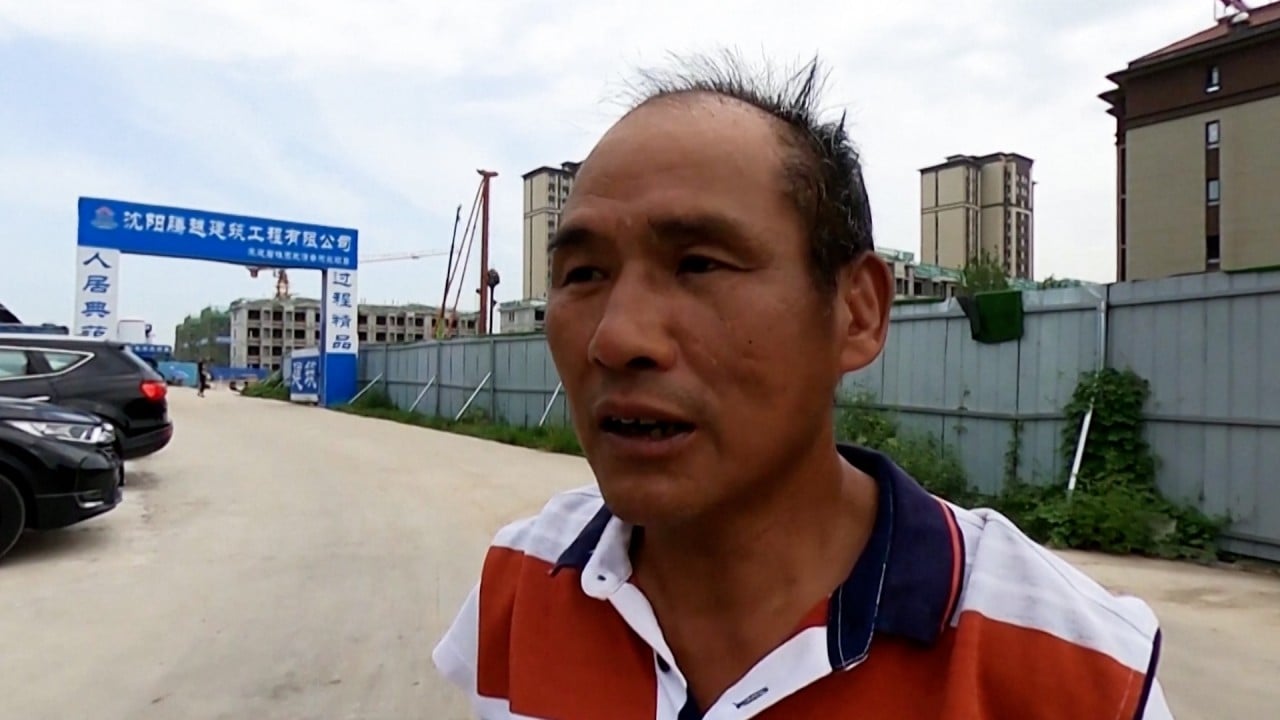
Why China is reluctant to launch a massive economic bailout
- Beijing’s move away from aggressive macroeconomic policy goes back to ‘de-risking’ efforts that began in 2016
- However, the growing risk of a protracted downturn underscores the need to find more effective solutions to the pressing economic challenges
While China’s leaders are certainly aware of the ongoing economic slowdown, they may be estimating that the risk of a bailout is worse than the risk of inaction. Or perhaps they have more confidence in the domestic economy’s resilience against a global recession and believe that it will recover quickly on its own.
Consequently, China has adopted an increasingly cautious approach to macroeconomic management. Monetary policy is an interesting case in point.
During his speech, Yi highlighted the PBOC’s adherence to the “attenuation principle”, which suggests that central bankers should refrain from taking drastic action under uncertain circumstances. While this well-known concept was first introduced by Yale economist William Brainard in 1967, Yi’s speech offered valuable insights into the shift in China’s economic-policy thinking in recent years.
To the extent that Yi’s speech reflects current ways of thinking and changed policy style among China’s top policymakers, it helps explain why China’s economy has become less volatile in recent years. With the scaling back of countercyclical policies, China has managed to sustain growth even without a demand surge.
This may align with the government’s development plan, which aims to minimise the huge costs associated with achieving unbalanced growth, such as the rapid pile-up of short-term financial risks.

As a result, Beijing launched a comprehensive “de-risking” effort in 2016. Policymakers adopted de-risking as a guiding principle, shifting from aggressive macroeconomic policies to a more prudent approach.
Risks and uncertainties increasingly stem from external pressures as well. Two decades ago, when the Chinese economy was relatively small and had a fixed exchange rate, its domestic policy was largely insulated from external influences.
Having said that, China’s move away from aggressive macroeconomic policy should not come as a surprise. De-risking policies might have proved effective in preventing a financial or debt crisis, but the pandemic and subsequent Covid-19 policies have hampered the economy’s capacity to rebalance and rebound, resulting in further demand reduction.
Bringing aggregate demand back to pre-pandemic levels is crucial for accelerating China’s economic recovery. To this end, China’s fiscal and monetary policies can be more proactive, given that de-risking policies have remained in place for so long.
While policymakers face a delicate balancing act, the growing risk of a protracted downturn underscores the need to find more effective solutions to the pressing challenges.
But China could still do more to rebalance its economy. By committing to carrying out structural reforms, removing barriers to entry, and opening up sectors that are currently closed to foreign competition – such as education, training, consulting and healthcare – China could create numerous market opportunities for the private sector and move closer to achieving long-term economic stability.


